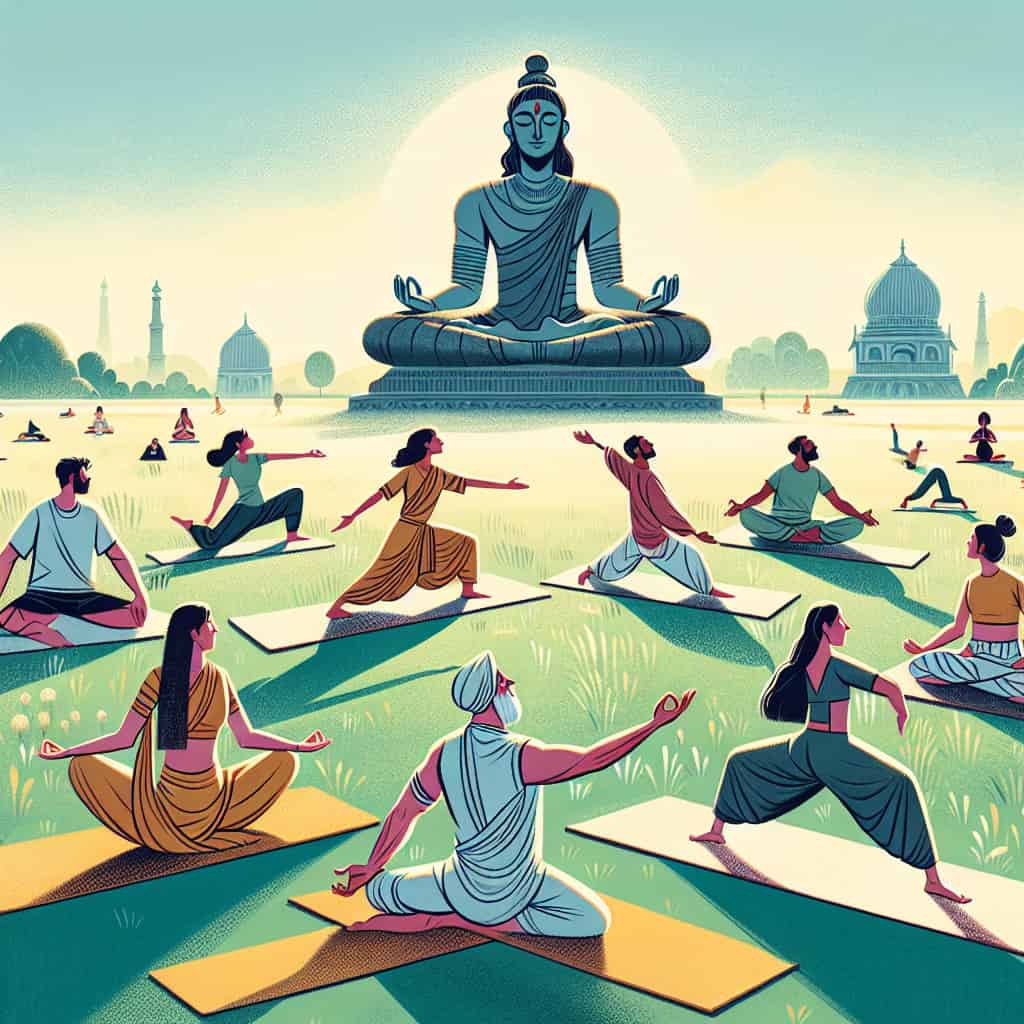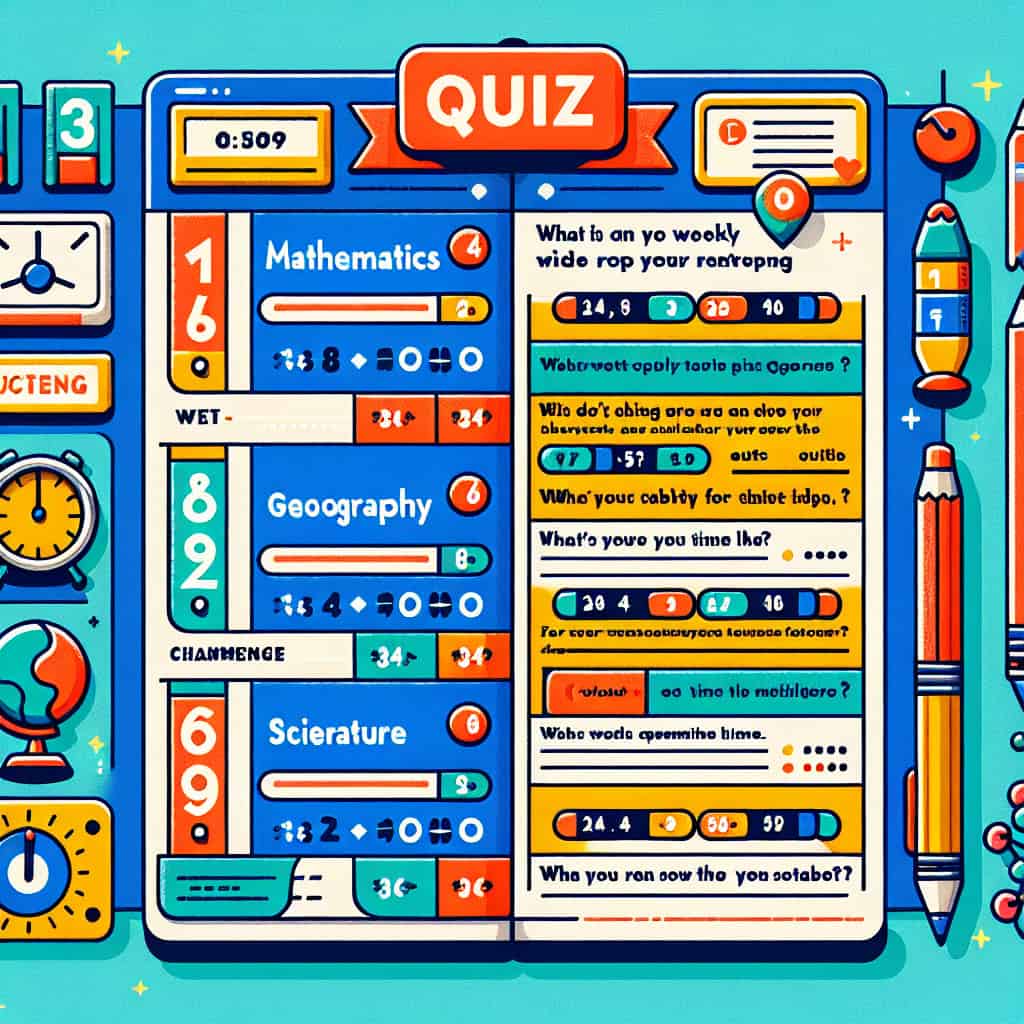**A Day in the Life of a Bing Yoga Quiz Creator**
Picture this: You wake up bright and early, ready to start your day with a relaxing and invigorating yoga practice. But before you step onto that mat, you need a way to determine which types of yoga poses best suit your needs today. Enter, the Bing Yoga Quiz – a fun, interactive, and engaging way to determine the perfect yoga experience for you.
So, who is behind the brilliant creation of such a tool? That would be yours truly, an expert in crafting customized quizzes for various themes and topics. And if you’re curious about the world of quiz-making and how they can enhance your yoga journey, keep reading, because today we’re going to dive deep into the intricacies of the **bing yoga quiz**.
**The Art of Crafting the Perfect Bing Yoga Quiz**
As a *quiz creator*, my job entails thorough research on the subject to curate relevant questions and answers that pertain to the main keyword, in this case, the bing yoga quiz. In doing so, I follow a step-by-step process to ensure that the final product is informative, engaging, and caters to the search intent of users who want to uncover the best-suited yoga practice for them.
*Step 1: Research Yoga Terminology and Concepts*
My first step in creating the bing yoga quiz is to immerse myself in the vast world of yoga. Studying various concepts, philosophies, and terminologies is essential to ensure that the quiz is accurate and valuable to the user. This helps me incorporate secondary keywords derived from the main keyword in the questions and options for the quiz.
*Step 2: Identify Different Types of Yoga Practices*
Next, I delve into the various types of yoga practices available, such as Hatha, Vinyasa, Restorative, and Kundalini, among others. Understanding the unique aspects of each type of yoga allows me to design questions that can help users identify the practice that best suits their needs and preferences.
*Step 3: Curate Questions and Answers*
With a solid understanding of yoga concepts and practices, I begin to craft questions and answers for the bing yoga quiz. Each question is designed to gauge the user’s current mood, energy level, and personal preferences, ultimately guiding them towards the ideal yoga practice for the day.
Examples of questions may include:
– How much time do you have to practice today?
– What is your primary goal for your yoga practice (e.g. relaxation, strength-building, flexibility)?
– How experienced are you with yoga?
As I create these questions and answers, I use Natural Language Processing to ensure that there is minimal repetition of words and semantic phrases.
*Step 4: User-Friendly Interface and Design*
To keep users engaged throughout the quiz, I focus on a visually appealing and user-friendly interface. This helps maximize user retention while also providing an enjoyable experience.
*Step 5: Test and Refine the Quiz*
Finally, after crafting the bing yoga quiz, it’s essential to test its accuracy and usefulness. I invite yoga enthusiasts and instructors to provide feedback on their experience with the quiz, helping me refine and perfect the final product.
**The Importance of Informational Content**
Many users who engage with my bing yoga quiz are at the first level of awareness in their yoga journey. It’s important that the content is highly informational, allowing them to gain valuable insights into the world of yoga without feeling overwhelmed or pressured to make a purchase.
By incorporating rich, enlightening content in the form of informative subheadings, I enable users to explore different aspects of yoga through the lens of the bing yoga quiz. Some subheadings that could be included are:
– The Benefits of Yoga: Exploring the mental, emotional, and physical rewards of a consistent practice
– Common Yoga Misconceptions: Debunking myths and misunderstandings surrounding the ancient practice
– The Foundations of Yoga: Understanding the origin, philosophies, and principles of yoga
**Engaging Users with Humor and Storytelling**
To keep users entertained throughout their experience with the bing yoga quiz, I weave in humor and light-hearted language. By making the quiz feel like a relaxed and enjoyable experience, it encourages users to explore their yoga journey further and stay engaged with the content.
Storytelling is another vital tool in capturing the reader’s attention. For instance, I could open the quiz with a whimsical anecdote about a fellow yogi whose life dramatically changed after discovering their ideal yoga practice through the bing yoga quiz.
**In Conclusion**
Creating the perfect bing yoga quiz is a delicate balance of research, creativity, and user engagement. As a quiz maker, my goal is to provide insights and enjoyment for users seeking to embark on or deepen their yoga journey. And with every question crafted and response analyzed, I play a small but significant role in helping yogis around the world find their perfect practice.
Now that you’re equipped with the knowledge of how a bing yoga quiz is lovingly created, why not take a moment to try one yourself? Get ready to dive headfirst into the world of yoga, uncover your ideal practice, and embrace the ancient wisdom that awaits you on the mat. Namaste!
🔥Just Swing Hips to Lose Weight! Tighten Female Core Muscle and Belly with This Fun Dance!
Mario Floor Is Lava Yoga Freeze Dance For Kids | Brain Break | GoNoodle Inspired
What is the theme for this years quiz on yoga day?
The theme for this year’s quiz on Yoga Day is “Yoga for well-being”. This theme focuses on the importance of practicing yoga to maintain a healthy lifestyle and improve overall mental, emotional, and physical well-being.
Which country does yoga originated from Mcq?
Which country does yoga originate from?
A) China
B) Egypt
C) India
D) Greece
What is the primary aim of practicing yoga according to traditional Hindu philosophy?
The primary aim of practicing yoga according to traditional Hindu philosophy is to achieve spiritual enlightenment and union with the divine.
Which of the following poses is NOT a foundational posture in Hatha Yoga: Downward Dog, Shavasana, or Crow Pose?
Which of the following poses is NOT a foundational posture in Hatha Yoga: Downward Dog, Shavasana, or Crow Pose?
In yoga philosophy, which ancient text serves as a foundational guide for the practice and principles of yoga?
In yoga philosophy, the ancient text that serves as a foundational guide for the practice and principles of yoga is the Yoga Sutras of Patanjali.














